| May 2019 | ||
| « Apr 2019 | News | Jun 2019 » |
May 28, 2019
Romagna Pomp & Fizz
Memorial Day weekend had us brainstorming some large format, wine-based cocktails for weekend BBQ’s and beach picnics (or rained out, back up pizza parties). This Lambrusco apertivo is super easy to make and even more refreshing - a total crowd pleaser.
Ingredients:
- 1 bottle of chilled La Fogarina Lambrusco
- 12oz Bordiga Aperitivo
- 8oz Grapefruit Soda (Regular soda will do)
- Peychauds bitters
- Thinly sliced grapefruit wedges
For parties of one:
- 3oz La Fogarina Labrusco
- 1.5oz Bordiga Apertivo
- 1oz Grapefruit Soda
- 3-4 Dashes Peychauds
Directions:
Combine all ingredients with ice in your favorite pitcher. Toss some grapefruit wedges in the pitcher. Give a very delicate stir as to not lose effervescence.
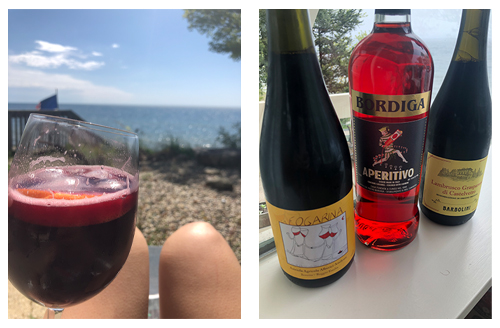
May 22, 2019
For the Love of Lambrusco - Alberici 'La Fogarina'
When it comes to stocking wherever it is that you keep your alcohol, there has been a lot to keep up with this year. In case you haven’t heard, the New York Times declared that the Aperol Spritz is out, canned sparkling is the official drink of festival season 2019, and P!nk, the one with the exclamation point, is making wine (and no, it’s not rosé). But we need to talk to you about one more thing - Lambrusco.
Lambrusco got a bad rep in the States during the 70s and 80s as the bubbly, hangover inducing, near Manischewitz-level of super sweet wine. But like a lot of the traditional Italian recipes we have borrowed, fried and re-packaged, real Lambrusco is a far cry from where it wound up by the early aughts. Traditionally made Lambruscos are typically vinified Metodo Classico, fermented first in steel tanks and then again in the bottle. The resulting wines are more polished; they are dry and fizzy, acidic and dark hued. Served best with a chill, these classic Lambruscos have all of the refreshing qualities of dry rosé and sparkling whites with all of the tannins of your favorite reds, making it the perfect pair to your backyard BBQ and charcuterie filled cheese plates.
Looking for great Lambrusco? Meet the Alberici’s. The Alberici’s 10 hectares of vines grow on the Po River floodplains of Reggio Emilia, in a small village just outside of Gualtieri. Well-kept rows of Lambrusco, Chardonnay and Fogarina cover the estate, waiting to be crafted into delicious frizzante wines by Amilcare and his wife Daniela. From pruning to cellar work, everything is done naturally on the vineyard - the couple’s shared passion for the land and cycle of life guide their holistic approach to winemaking. Amilcare learned everything he knows from his father Dino, who he joined in the fields and cellar from a young age, and today, he is passing down that knowledge to his two children, Arianna and Alessio, who represent the third generation to steward the land.
Alberici NV ‘La Fogarina’ Lambrusco dell’Emilia Rosso IGP
So if we can still instill one more takeaway of Summer 2019 (before it stops raining and officially starts in Chicago), it’s that Lambrusco can be good, and that good stuff can be great, and Alberici’s Fogarina is really, really fantastic. The Alberici’s La Fogarina is 100% Fogarina, an ancient, once popular grapevine of Reggio Emilia that was nearly extinct in the region before being resuscitated by the Alberici family. Amilcare uses the Classico method for La Fogarina; the wine rests in tank from harvest until February or March of the following year, then goes through a slow, natural fermentation in the bottle.
This deep-hued wine makes you feel like every mediocre to bad Lambrusco you’ve had was a lie. Dry with just enough of fizz, La Fogarina shows notes of tart currant, dark berry and a touch of cinnamon, with subtle vegatal qualities in juxtaposition. It tastes like the best boozy rhubarb-berry pie you never have had. BBQs, charcuterie, pasta and pizza - we want to drink this wine all the time.
La Fogarina with some bitters and vermouth? Sounds like we have a new Spritz for the people. 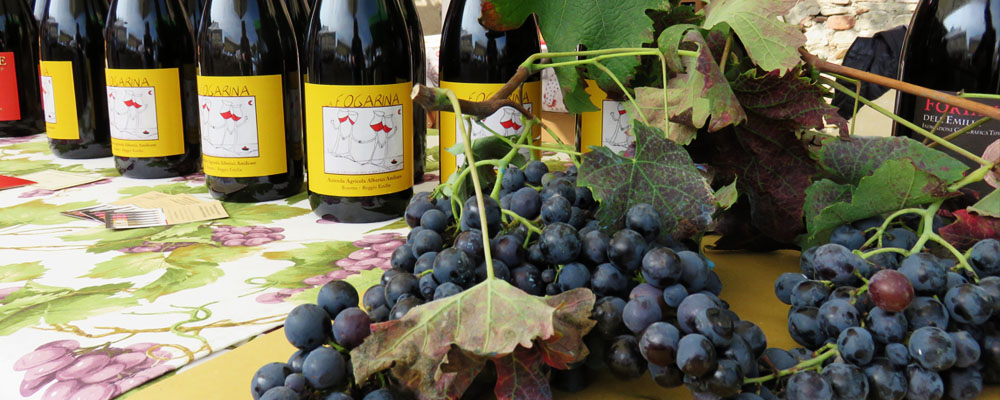
May 20, 2019
Vive Le Tigre! Everyday Red for All Summer Long
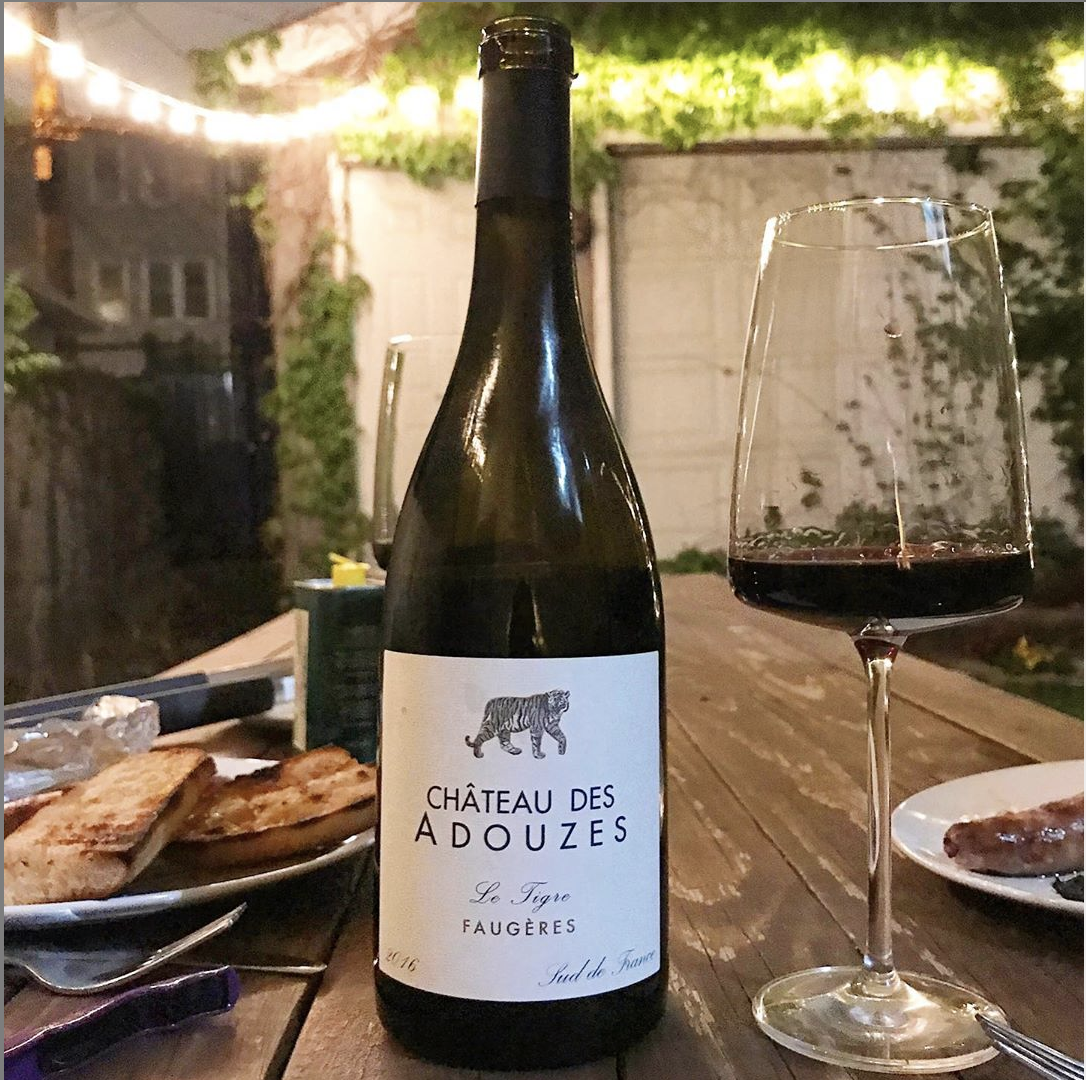 Jeanne and Olivier Coste - the siblings behind some of your favorite roses - had long been on the hunt for new red wine vineyards in the Languedoc. Their search for superb terroir came to an end in 2018 with the acquisition of Château des Adouzes, 100 acres of old vines and pristine soil in Faugères. Schist is king in the small appellation; the only region of the Languedoc with homogenous terroir throughout. This infertile rock is ideal for grape growing in the Mediterranean climate, forcing roots to dig deep into the fractures of the bedrock, and ultimately protecting them from drought during hot, dry summers. In these vineyards, 70+ year old Carignan, Grenach and Syrah vines flourished under the watchful eye of former winemaker, Jean-Claude Estève, and with 300+ years of winemaking to the Domaine Montrose name, the Coste family were eager to carry on the tradition of this great terroir.
Jeanne and Olivier Coste - the siblings behind some of your favorite roses - had long been on the hunt for new red wine vineyards in the Languedoc. Their search for superb terroir came to an end in 2018 with the acquisition of Château des Adouzes, 100 acres of old vines and pristine soil in Faugères. Schist is king in the small appellation; the only region of the Languedoc with homogenous terroir throughout. This infertile rock is ideal for grape growing in the Mediterranean climate, forcing roots to dig deep into the fractures of the bedrock, and ultimately protecting them from drought during hot, dry summers. In these vineyards, 70+ year old Carignan, Grenach and Syrah vines flourished under the watchful eye of former winemaker, Jean-Claude Estève, and with 300+ years of winemaking to the Domaine Montrose name, the Coste family were eager to carry on the tradition of this great terroir.
The Carignan, Grenache and Syrah fruit for Le Tigre were all manually harvested before making their way to the cellar. There, whole cluster Carignan grapes were vinified with Carbonic Maceration. During this process, grapes are placed in sealed vats with carbonic dioxide, where natural occuring enzymes convert the sugar into alcohol inside their own skins. The Syrah and Grenache are vinified more traditionally - grapes were destemmed and vatted for 30 days. The three wines were then aged in steel tanks for 12 months before being blended together and bottled at the château.
The bright and complex Le Tigre shows everything there is to love about the popular blend of these three dark skinned grapes. From the Carbonic Carignan comes fresh, fruity acidity and vibrant, deep shades of plum in the glass. Grenache lends it’s reliable hand with a bouquet of dark fruit and blackberries. Finally, the Syrah brings it all home with a finish of spice, tannins and bramble fruits. Earthy but bright, juicy with spice. This everyday red is the perfect accompaniment to grilled meat, summer vegetables, and hearty pasta dishes (think lazy Sunday Bolognese! Who doesn’t love a tiger on their wine?
Château des Adouzes 2016 ‘Le Tigre’ Faugeres AOC
May 02, 2019
Varner shows all there is to love about the Santa Barbara AVA
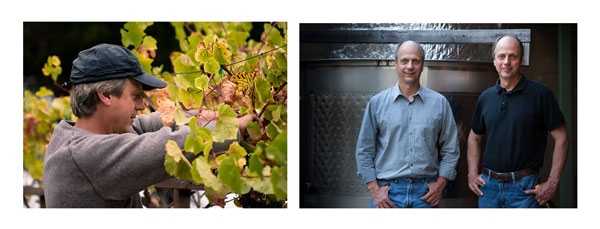 Varner Wine has been a fixture in the Central California wine game since the 1980s, producing some of the best handcrafted, cool-climate Pinot Noirs and Chardonnays this side of the Atlantic. The winery is owned by identical twins Bob and Jim, the former being the sole winemaker while overseeing farming, with the latter running sales and marketing. Having grown up in the Midwest, the brothers made their way west to attend UC Davis during the 70’s. After graduating with a degree in oenology, Bob wasted no time in his quest to make superb California wines on par with the minerally white and red Burgundys he had studied in school.
Varner Wine has been a fixture in the Central California wine game since the 1980s, producing some of the best handcrafted, cool-climate Pinot Noirs and Chardonnays this side of the Atlantic. The winery is owned by identical twins Bob and Jim, the former being the sole winemaker while overseeing farming, with the latter running sales and marketing. Having grown up in the Midwest, the brothers made their way west to attend UC Davis during the 70’s. After graduating with a degree in oenology, Bob wasted no time in his quest to make superb California wines on par with the minerally white and red Burgundys he had studied in school.
Working his way through Napa Valley, but with his sights still set on cool climate wines, Jim eventually made his way north to the Santa Cruz Mountains. In 1980, Bob left his Ph.D program in genetics to help his brother plant the vineyards, together focusing their energies on cultivating pristine fruit for local wineries, including the likes of Thomas Fogarty. Even in their initial years, the brothers were on the forefront of sustainable winemaking, with some of their earliest vineyards in Santa Cruz having been dry-farmed, organically farmed and manually harvested from the start.
In 2014, Jim and Bob made the bitter-sweet decision to leave the Santa Cruz Mountains and head south, to their new project in Santa Barbara. New soil, new vineyards, but with the same exceptional level of quality - the Varner’s experiment in Santa Barbara is another success.
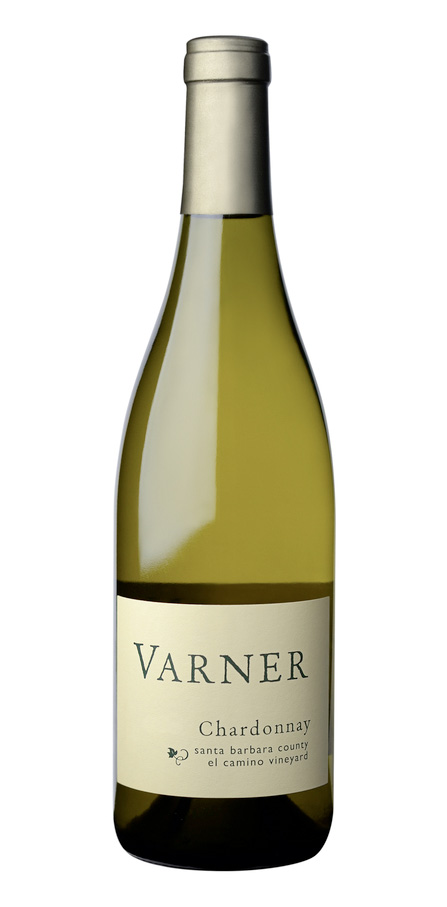 Varner 2015 Chardonnay, El Camino Vineyard, Santa Barbara
Varner 2015 Chardonnay, El Camino Vineyard, Santa Barbara
The brother’s inaugural Santa Barbara Chardonnay was met with great praise, and their 2015 vintage is another winner. The fruit for this Chardonnay comes from the twins’ El Camino Vineyard, rooted in sandy loam 600 feet from sea level. On the nose, this one sings of honey comb, lemon confit and fresh apricot. On the palate, bright acidity and citrus, reminiscent of Varner’s Santa Cruz past, is balanced by notes of tropical fruit and peaches that are distinctly of a warmer terroir. To boot, New French oak has given this Chardonnay just enough subtle savory notes to balance out all the fruit. This is a delicious but serious Chardonnay, bright and clean, with enough weight and texture to hold its own to any audience (Chardonnay skeptics included).
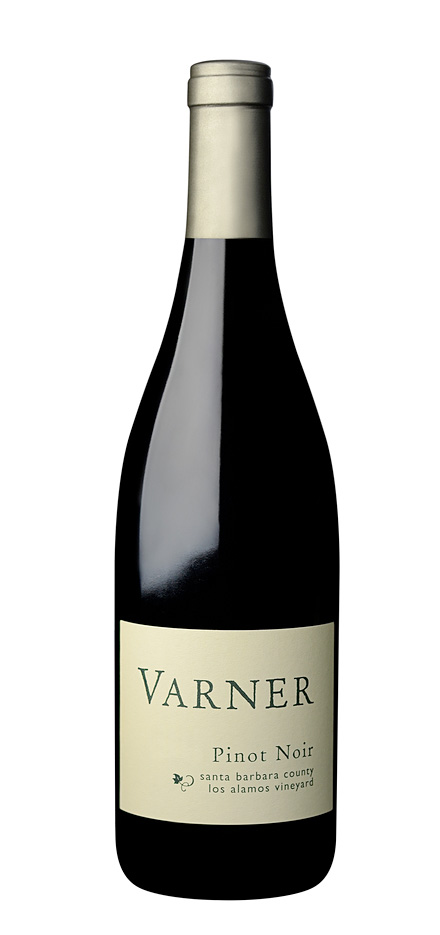 Varner 2015 Pinot Noir, Los Alamos Vineyard, Santa Barbara
Varner 2015 Pinot Noir, Los Alamos Vineyard, Santa Barbara
Los Alamos Vineyard, which provides the fruit for this 100% Pinot Noir, has long been a staple in Santa Barbara wine country. In recent years, Los Alamos has been farmed with progressive sustainable practices; the vineyard is dry farmed, cane-pruned and head-trained. Before seeing oak, Bob Varner lets his 100% destemmed Pinot Noir fruit spend time in tank, resulting in more expressive fruit with tension and energy.
Through careful site selection and non-interventionist practices in both the cellar and the field, the Varner brothers have created an excellent, terroir driven Pinot Noir in all its Santa Barbara AVA glory. In the glass, shades of ruby and dark magenta give a first look into the ripe red fruit and dark berry aromas to come. The palate is smooth and juicy, soft and bright in all the right places, with a splash of minerality to boot. Unreal finesse. If you were looking for a versatile, crowd pleasing Pinot Noirs for your summer dinner parties, you can stop right here.
